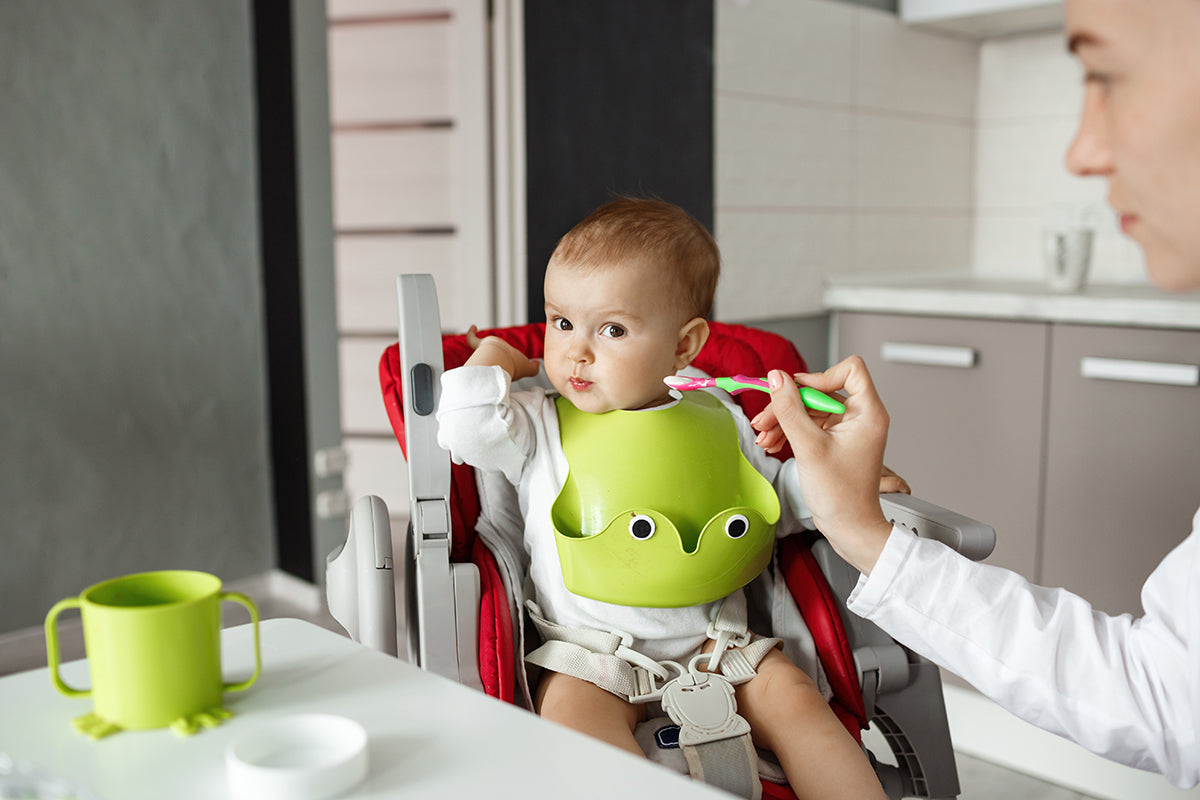Do you find yourself feeling frustrated and exhausted from daily mealtime tantrums and food refusal? You are not alone. Many families experience the same issues when it comes to sitting at the table to eat. The good news is that there is a way to teach your child how to come to the table without throwing a fit. Here are six ways to decrease mealtime tantrums and food refusal:
Develop a mealtime routine
Having a mealtime routine is an important schedule that your child will depend on. Having a consistent mealtime routine for your child can allow them to prepare for when it is time for lunch or dinner and will not come as a shock. You can also give them a verbal warning 5 to 10 minutes before the meal to further prepare them for mealtime, so sitting at the table to eat will not come abruptly to them.
Give them a choice
Many children throw tantrums at mealtime due to feeling a lack of control. In regards to mealtimes, you can help your child regain this sense of control they crave without overwhelming them or yourselves in the process. The key is giving them small choices. These choices can look like: “Do you want to use the red plate or the blue one?” and “Should we have zucchini or green beans tonight?” When asking these simple questions, make sure to always give them choices and not leave them open-ended. Open-ended questions with children will most likely end with a “none” or “no” response. Additionally, when asking a question, try to avoid complex choices that require them to make many decisions in their answer; this question can be overwhelming for your child.
Avoid overly hungry or tired children at the table
Ensuring that your child rests and eats within 2-3 hours before a meal is essential to a successful mealtime. Tired or hungry children cannot focus on eating or good mealtime behaviors. This problem can lead to tantrums or rejection of food. A short nap before a meal or a snack 2-3 hours before meals can prevent them from being too hungry or too tired.
Make mealtimes about connection, not about what is on their plate
Focusing on connection with your child at mealtimes is an important strategy in avoiding tantrums or food refusal. As a parent, you provide the food and let your child decide how much to eat. This allows your child to establish a healthy relationship with food and bring this relationship into their adult life. However, when you pay too much attention to what is on their plate or force them to eat a certain type of food or finish their plates, it can lead to a negative food experience. The goal is for your child to enjoy food. By not focusing on the food and avoiding pressure, this act can significantly affect tantrums at meals because your child will feel less stressed at the table.
Do not force them to stay at the table
For a child, sitting for a long time can be near impossible. Remember to set realistic expectations according to your child’s age when it comes to mealtimes. Some children may have a short attention span when it comes to sitting at the table for meals; allow them to excuse themselves or get up from the table when they are finished. Forcing them to continue to sit at the table after they are finished will most likely end in a tantrum or refusal to eat (if they have not already). Figure out the most suitable approach for your child when it comes to sitting at the table; sometimes, they may need to be more involved to allow them to stay longer.
Make mealtimes fun
Allowing your child to have fun at mealtimes might be the difference between a tantrum or not at the table. What “having fun” at mealtimes means is allowing for play in terms of food play or exploration. This experience will get a little messy so prepare for this in advance. Encouraging this play lets your child engage with their senses to explore the taste, smell, and food texture. This sensory experience can allow your child to get more comfortable with food before even putting it in their mouth. Exposure like this can let your child become more familiar with food while having fun, ultimately leading to more mealtime engagement and fewer tantrums and/or food refusal.



